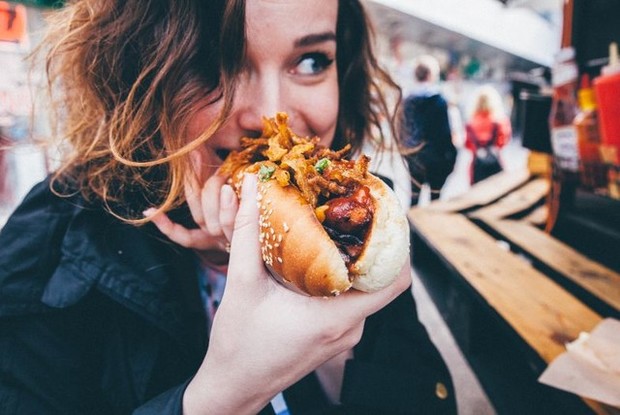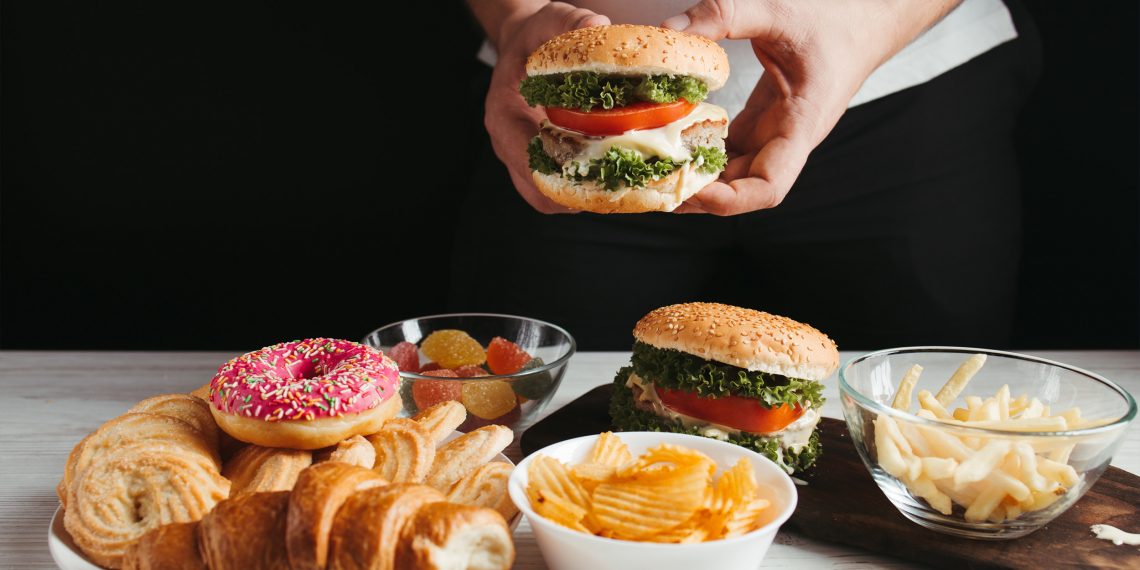
What is a cheat meal and how does it help you lose weight?
What is a cheat meal?
Carbohydrate loading can take two forms: carte blanche (eat whatever you want) or one free meal, and the rest of the meals remain on the diet. The choice depends on your current calorie deficit and the specifics of your diet.
Let’s start with a calorie deficit. If someone severely restricts the energy value of the diet (cutting calories by 50% against the background of hard training), a loading day is needed.
Why do you need a boot day
You’re dieting, cutting calories, increasing your cardio, and so on. Your goal is to systematically reduce weight by 0.5-1 kg per week. After all, you did the calculations and created an energy deficit.
Unfortunately, your body hates you for this. More precisely, it loves you so much that it wants to keep you alive and protect you from starvation. To do this, the body makes adjustments that were useful for people who hunted and gathere, but harmful for an athlete who intends to dry out.

What is the essence of these adjustments?
After a couple of days on a diet, metabolism slows down, hunger increases, and more and more muscle mass is sacrificed for energy generation. The human body adapts very effectively to new conditions.
What happens at the hormonal level? The secretion of thyroid hormone T3 is reduced by 30%; the conversion of T4 to T3 in the liver is slowed down. The half-life of cortisol is increased and the synthesis of insulin-like growth factor (IGF-1) is reduced.
There is so little glycogen in the muscles that growth becomes impossible despite training. You are likely to lose muscle mass. At this point, we need to talk a little about leptin, as it also plays an important role in weight loss. It is a regulatory hormone that suppresses appetite, prevents overeating, and prevents weight gain.
When you are on a diet, the opposite happens. With a decrease in caloric intake, the level of leptin decreases and the appetite increases. Losing weight quickly finds itself at a disadvantage: in a matter of days, the metabolism automatically slows down by 30%, and bouts of hunger intensify.
It turns out that during a diet, all nightmares of losing weight turn into reality: the active breakdown of protein is accompanied by a decrease in the concentration of T3, IGF-1 (insulin-like growth factor – one of the strongest anabolic hormones), leptin and testosterone. Why is this a nightmare? Because not only are you not burning fat, but you also look worse than before.
Loss of muscle mass leads to a decrease in muscle volume while maintaining subcutaneous fat; people with this build can be seen on treadmills all over the country. Problems start after a few days on a diet, not a month, and training does not solve them. Very soon, you hit a wall; fat doesn’t burn; instead, you sacrifice muscle mass.
What? So much effort, but I look worse, and I feel terrible in general? Yes, this is one of the reasons most diets fail. But this madness can be ended.
Some are just applying pharmacology. They give testosterone, human growth hormone and insulin injections combined with oral thyroid hormones to restore hormonal balance. This is not an option for us. We need to find a way to regulate hormone profiles quickly and without illegal drugs.
The refeed helps to solve the problem. To resist the adaptation process, it is necessary to increase the calorie intake and do a load every five to seven days. A refeed is a carefully planned loading day, when the caloric intake of the diet is 130-150% higher than the energy balance level.
An increase in the caloric content of the diet over a short period of time unfolds the adaptive responses by 180 degrees. Increased secretion of testosterone, leptin and IGF-1; the secretion of cortisol is reduced; loss of muscle mass stops, even growth is possible. As a result, the metabolism is accelerated, which creates conditions for a further reduction in fat mass.
Cheat meal: principles of correct loading
The calories during the refeed should come primarily from carbohydrates. There should be little protein and very little fat. I recommend 8-9 grams of carbs per kilogram of body weight in 24 hours, about 2 grams of protein and very little fat (that is, only fats from food, no fatty foods like vegetable or butter, cheese, oily fish, nuts or beef). It turns out that a person weighing 90 kg per day should eat 800-900 grams of carbohydrates and about 180 grams of protein.

Why eat carbohydrates? Am I not going to get fat from this load?
You won’t get fat. At this point, adding carbohydrates to the diet rather than protein or fat offers a number of benefits. Leptin, insulin and blood sugar levels rise, but due to a temporary lack of enzymes, the body cannot store energy in the form of fat.
The body’s primary task is to replenish glycogen stores, which takes about 24 hours. Next, fat storage begins. Imagine a credit card with an interest-free period of 24 hours. If a person replenishes the balance during this time, he will not start paying for the use of credit funds.
The grace period on the credit card provides muscle and liver glycogen; as long as you replenish reserves, the percentage in the form of adipose tissue growth is not charged. Unfortunately, this interest-free window only opens for 24 hours.
A loading day, or refeed, can be effective if the loser engages in a heavy workout just after the carb day. This ensures that the glycogen enters the muscles. Loading day is the perfect time to work on lagging muscle groups, as the increased insulin secretion stimulates new growth.
